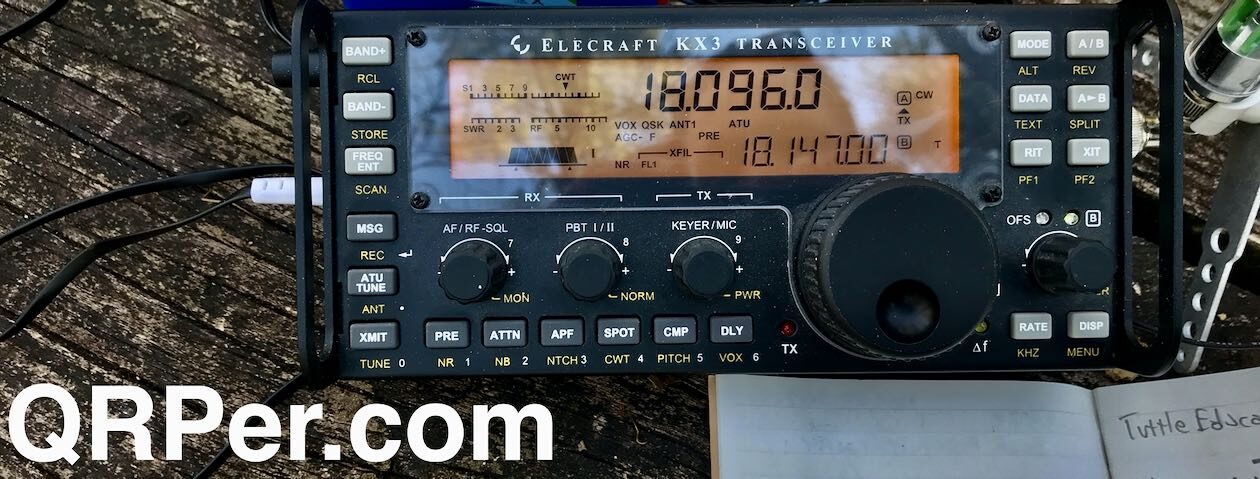 You’ve no doubt heard me brag about the Emtech ZM-2 ATU in previous field reports. I think it’s an accessory every field operator should have.
You’ve no doubt heard me brag about the Emtech ZM-2 ATU in previous field reports. I think it’s an accessory every field operator should have.
The ZM-2 is a very capable manual transmatch/ATU and is also one of the more affordable tuners on the market. It’s available as both a kit and a fully-assembled unit. Both well under $100.
I do believe the “manual” part of the ZM-2 scares off some and it really shouldn’t. We are used to simply pressing a button these days and allowing our automatic ATUs to do all of the matching work for us.
Manual ATUs do require some amount of skill, but truth is, the learning curve is very modest and intuitive.
Manual ATUs require no power source in order to operate–you adjust the L and C values by hand–thus there’s never a worry about the ATU’s battery being depleted. They also are easy to manipulate outside the ham bands because they require no RF in order to read the SWR–you simply make adjustments to the L and C until you hear the noise peak. This is why many shortwave broadcast listeners love the ZM-2 so much. It’ll match most any antenna you hook up to it!
I also argue that everyone should have a portable ATU even if you operate resonant antennas. Think of an ATU as a First Aid Kit for your antenna: if the deployment is less than ideal, or if you damage it in the field, an ATU can help you find an impedance match your radio can live with. ATUs have saved several of my activations.
Mountain Topper MTR-4B V2
 I’ve also mentioned that I’ve had an MTR-4B on loan from a very kind and generous reader for most of the year. He was in no particular hurry for me to send it back to him, but I wrote him in early November and said, “I’m doing one more activation with this little rig, then I’m shipping it to its rightful owner!”
I’ve also mentioned that I’ve had an MTR-4B on loan from a very kind and generous reader for most of the year. He was in no particular hurry for me to send it back to him, but I wrote him in early November and said, “I’m doing one more activation with this little rig, then I’m shipping it to its rightful owner!”
He had a request, and it was a good one:
I think it would be a good little twist to the usual YouTube if you paired a random wire with the ZM-2 and the MTR-4B…showing how to tune the ZM-2 with a Mountain Topper…
I really liked this idea, so I made plans to to hit the Blue Ridge Parkway nearby and give it a go.
The first time I tried this in the field, I paired the MTR-4B with one of my Sony amplified speakers because the MTR-4B 1.) has no internal speaker and 2.) has no volume control. During the video, however, I realized that there simply wasn’t enough audio amplification so that the viewer would be able to hear a noise peak as I manually tuned the ATU. I decided to scratch that video and just do the activation on my own. I really wanted to show how the tuning process worked in the video.
I went back to the field the next week–on November 10, 2022–with my Sony in-line digital recorder knowing it would be much easier to hear how the L/C changes affected the band noise. Continue reading How to tune: Pairing the Emtech ZM-2 manual ATU with the Mountain Topper MTR-4B on the Blue Ridge Parkway




























